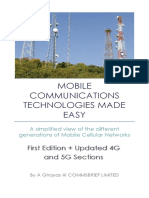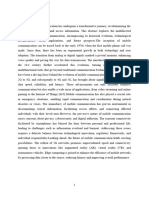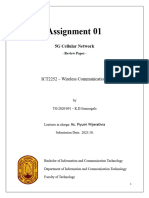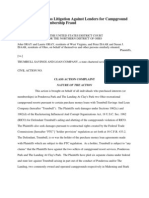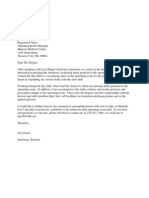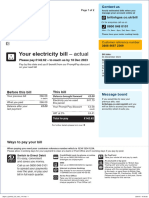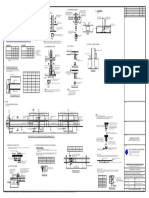0% found this document useful (0 votes)
10 views32 pagesMDSF Unit 1
Mobile communication involves the exchange of information via wireless technology, primarily through mobile devices like phones and tablets, utilizing various networks such as cellular, Wi-Fi, and Bluetooth. It has evolved through several generations (1G to 5G), enhancing capabilities like voice calls, text messaging, and data transfer, while also facing challenges like network congestion and security concerns. Future advancements may include 6G networks and greater integration with the Internet of Things (IoT).
Uploaded by
Radhika DesaiCopyright
© © All Rights Reserved
We take content rights seriously. If you suspect this is your content, claim it here.
Available Formats
Download as PPTX, PDF, TXT or read online on Scribd
0% found this document useful (0 votes)
10 views32 pagesMDSF Unit 1
Mobile communication involves the exchange of information via wireless technology, primarily through mobile devices like phones and tablets, utilizing various networks such as cellular, Wi-Fi, and Bluetooth. It has evolved through several generations (1G to 5G), enhancing capabilities like voice calls, text messaging, and data transfer, while also facing challenges like network congestion and security concerns. Future advancements may include 6G networks and greater integration with the Internet of Things (IoT).
Uploaded by
Radhika DesaiCopyright
© © All Rights Reserved
We take content rights seriously. If you suspect this is your content, claim it here.
Available Formats
Download as PPTX, PDF, TXT or read online on Scribd
/ 32


















